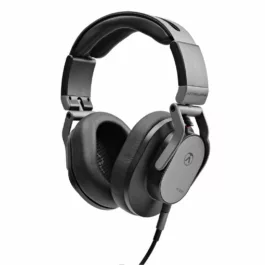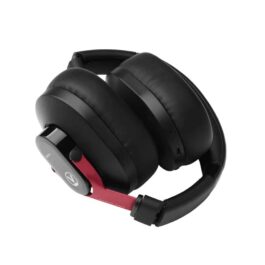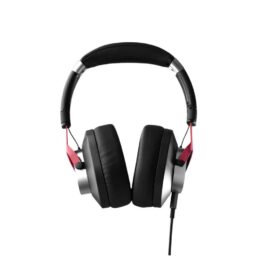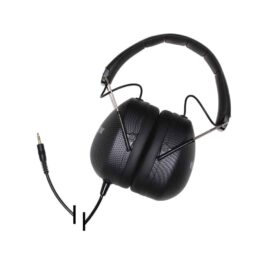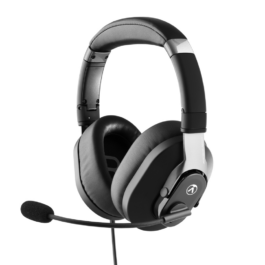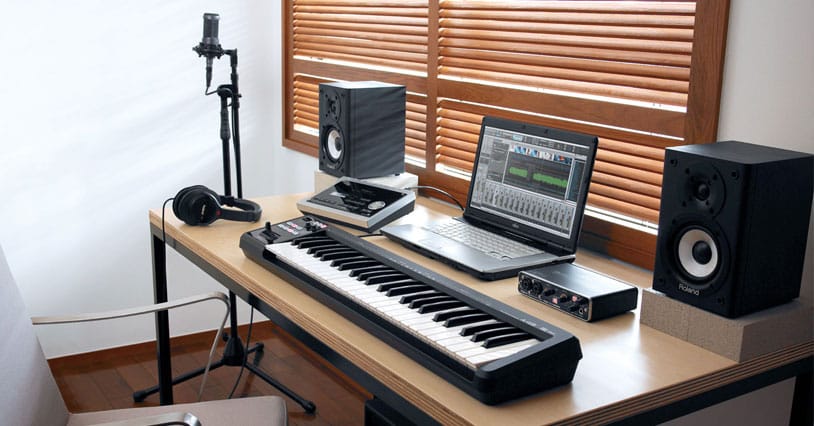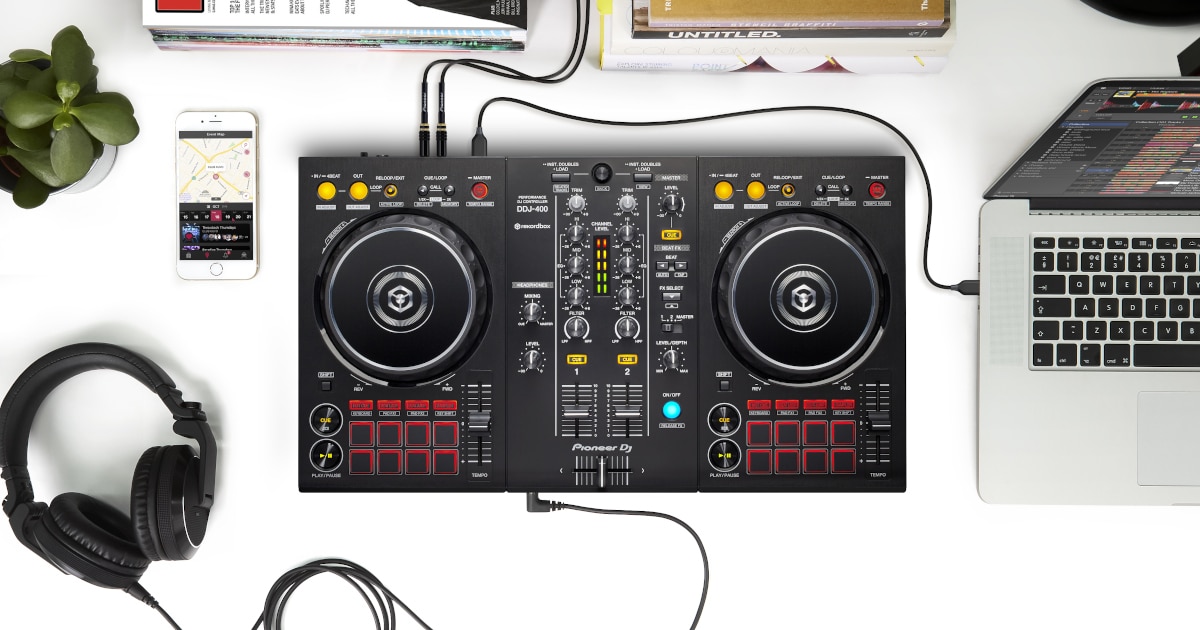"The best monitoring solution is the one YOU know."
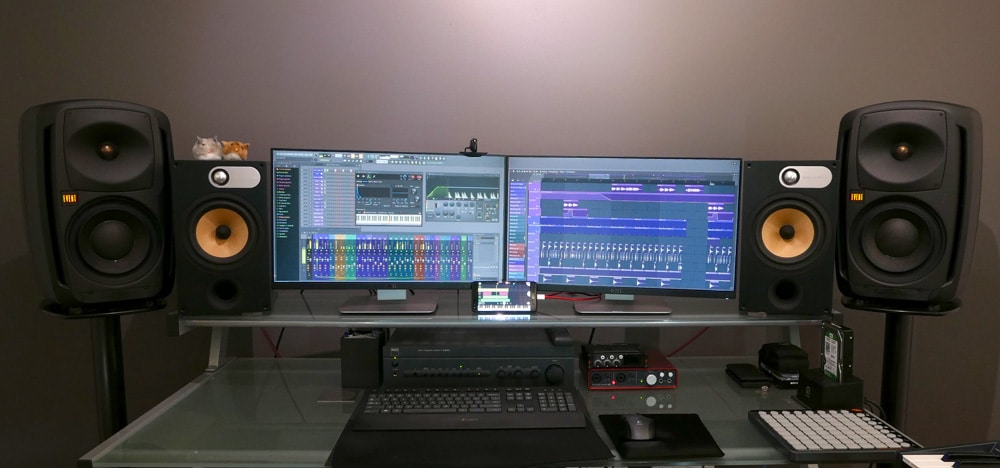
More and more music these days is being created and released entirely independently. Legions of musicians have begun spending the same amount of time on their production and mixing skills as they do their musicianship or songwriting. Being a mixer and producer has become an essential tool of the modern musician.
With the attainable price point and ease-of-use of modern recording equipment, Home Studios have become the norm; even before COVID-19.
Of course, this route leads one to learn as you work, and rely on online resources which can, of course be confusing and even contradictory. Our mission today is to be a light in the online fog, and deliver a clear breakdown of the Pros and Cons of mixing on Studio Monitors vs. Headphones. And of course, provide our opinion on what you should invest in, depending on your circumstance.
“Why is a mixing monitoring setup important?” – When listening to your music, your audience will be using a variety of audio devices; everything thing from car sound systems, to ear buds, and even cellphone speakers. All of these systems behave differently and have a different impact on your music. In order to optimize your mix for any situation, you need a monitoring system that will not “colour” your audio. The term you will commonly found used is “flat”, meaning the speakers produce an accurate, unchanged version of what you’ve recorded and mixed, with no frequencies exaggerated or dulled.
This is the difference between speakers or headphones that are optimized for mixing, and those that are not.
Let’s start out by looking at some of the primary differences between the two, and why they can deliver such wildly different results.
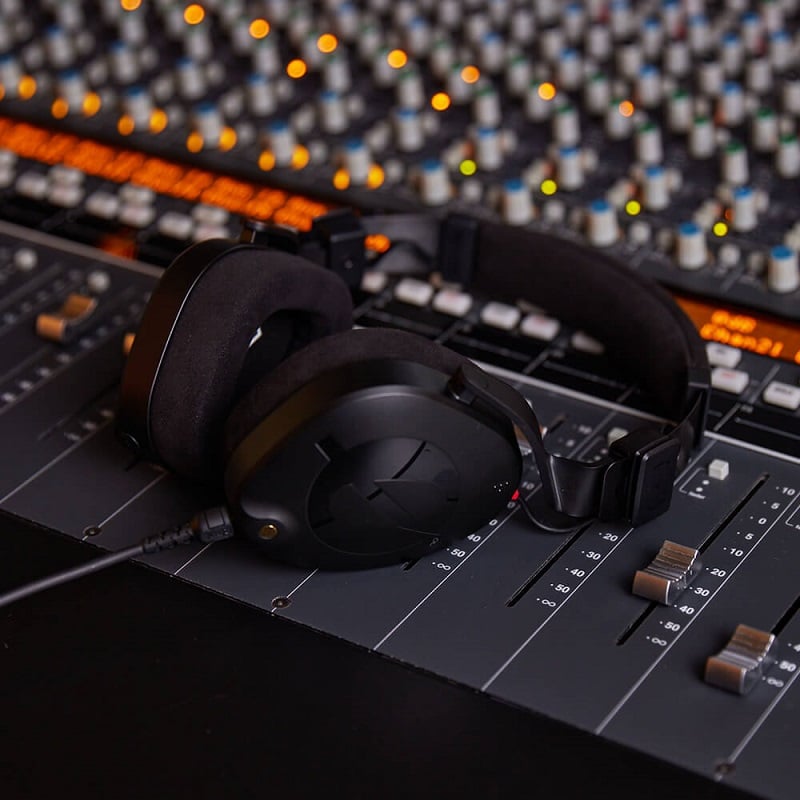
The primary characteristic of headphones is obviously that they’re, well, on your head. More specifically, because they directly cover each ear, they don’t allow for one ear to hear what the other is hearing. This leaves the task of “orientating” audio up to your brain. (ie: If the same sound is being produced by both headphone drivers at the same volume, your brain will pick up the slack and tell you the sound is centered.)
While this is very cool, headphones are hardly perfect. This process of feeding sound directly to your ears can sound very clinical, and often times, exaggerated, with even the most aggressive sound waves being piped right into your ears.
“But that’s what mixing is for, right?” – Right! But again; the most important thing to consider is what your audience going to be listening on.
Sure, you could get something sounding fantastic on your headphones, with the mix just right, perfectly panned, and aggressive frequencies cut; but you might take that mix to play it in your car, and all of a sudden your cars bass response isn’t as great as your headphones, the mix sounds dull because you’ve removed half of your high frequencies, and your once-perfect pans sound like a muddy mess…
So surely studio monitors are the answer then?
In a “best case scenario” the answer would absolutely be yes, but your particular circumstances and environment must be considered.
When the sound is being produced any distance away from your ears, those sound waves first need to interact with the air around them, before reaching your ears. Not to mention, the sound waves will also be bouncing around on surfaces in the room, and reverting back to you, slightly altered from its travels. Everything that these sound waves come into contact with before reaching your ears will have an impact on what you actually hear when sitting in front of your monitor speakers.
This means that in some situations, if your room is not acoustically optimized, monitors can actually provide a less accurate representation of your mix.
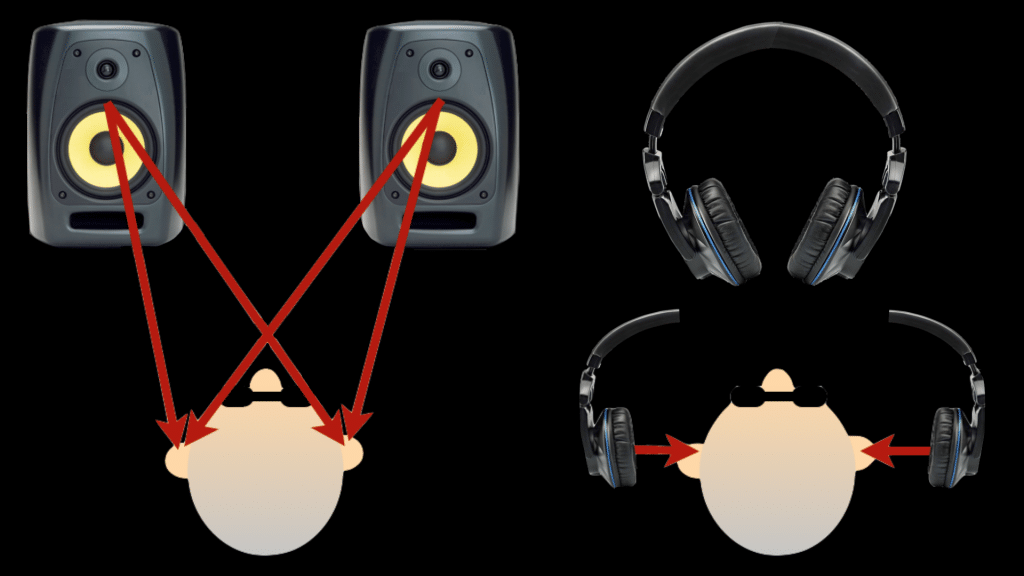
So how do you make the decision?
If you have a dedicated, quiet room, with a reasonable amount of sound absorption (even some well-placed sheets in a bedroom can make a real difference) studio monitors are absolutely the ideal long-term solution. They will provide a more neutral, flat platform, and they won’t be as fatiguing on your ears during long sessions.
If your environment is not ideal; you have a lot of outside noise to contend with, travel often and need to mix on-the-go, or need to not wake sleeping children at 02:00 AM, headphones can be a viable option, and can provide great results.
Finally, the most important point to remember is that with either option, getting to know and understand the limitations of your mixing solution is the most important factor.
If you have studio monitors in a less than ideal room, and begin to notice exaggerated low-mids when referencing on other speakers, you can learn to compensate for that in your mixes. Or perhaps you notice a thin low-end resulting from mixing on your headphones, you can learn to compensate for that.
The best monitoring solution is the one YOU know.
Shop Headphones and Studio Monitors Now
-
- Headphones
Austrian Audio Hi-X55 Professional Closed-Back Over-Ear Headphones
-
R9,330R7,275FREE DELIVERY - Select options
-
Request Stock
- Out of Stock
- Headphones
Austrian Audio Hi-X50 Professional Closed-Back On-Ear Headphones
-
R5,750R4,595FREE DELIVERY - Select options
-
-
- Headphones
Austrian Audio Hi-X25BT Professional Wireless Bluetooth Over-Ear Headphone
-
R4,335R3,380FREE DELIVERY - Select options
-
- Headphones
Austrian Audio Hi-X15 Professional Closed-Back Over-Ear Headphones
-
R3,195R2,715FREE DELIVERY - Select options
-
- Drums & Percussion, Headphones, Sticks & Mallets
Vic Firth VFSIH2 Stereo Isolation Headphones V2
-
R2,695R2,045FREE DELIVERY - Select options
-
Request Stock
- Out of Stock
- Studio & Recording, Studio Monitors
Yamaha HS8 8 inch Powered Studio Monitor Pair – White
-
R25,920R19,100FREE DELIVERY - Select options
-
-
Request Stock
- Out of Stock
- Headphones
Austrian Audio PB17 Office Headset
-
R2,895R2,495FREE DELIVERY - Select options
-
-
Request Stock
- Out of Stock
- Studio & Recording, Studio Monitors
Neumann TLM 107 Large-diaphragm Condenser Microphone – Nickel
-
R31,990R29,995FREE DELIVERY - Select options
-


